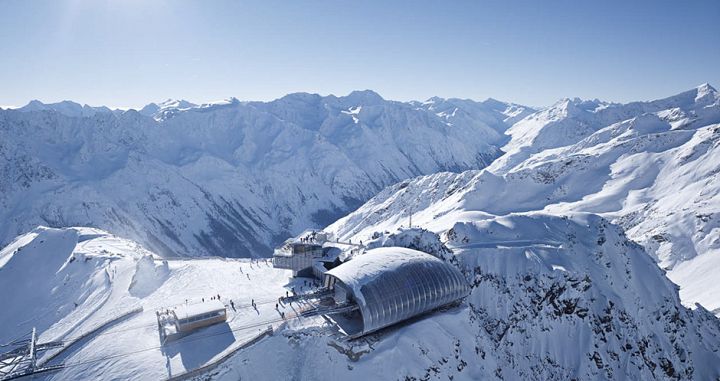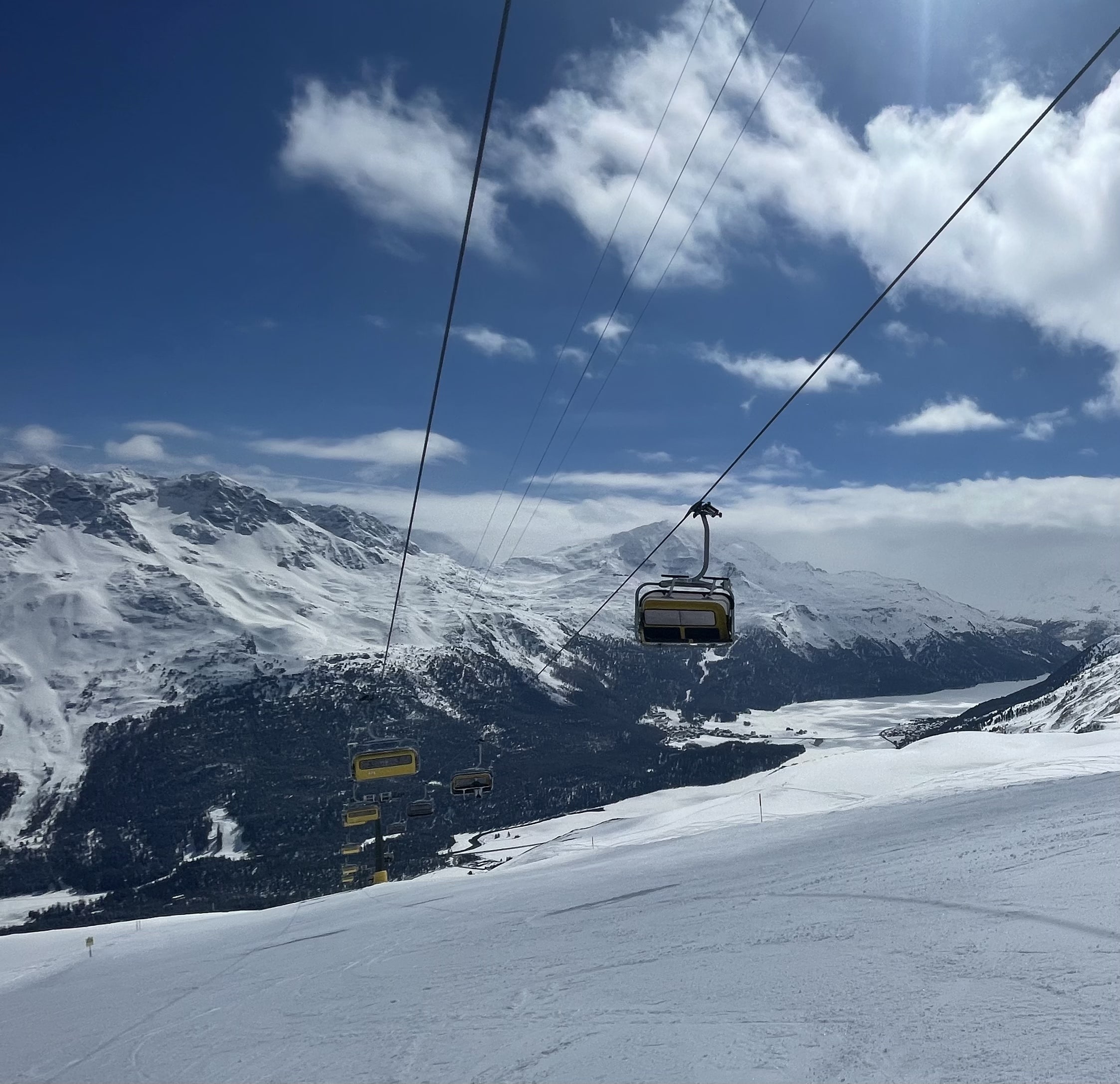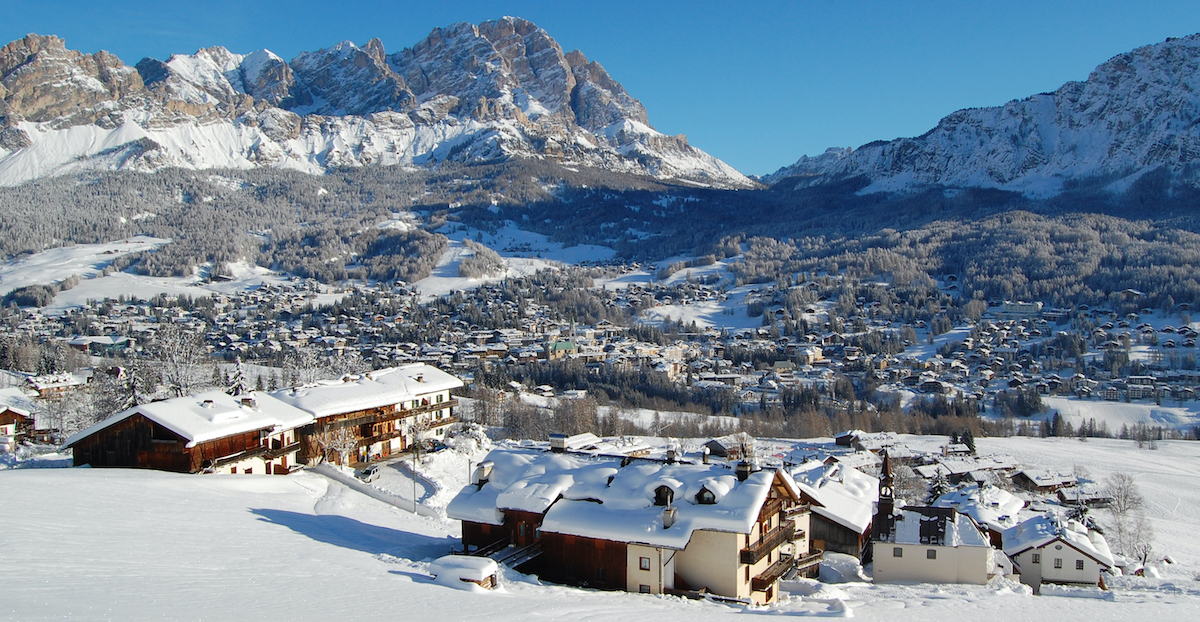
Amidst rising costs driven by inflation and increased energy prices, several European ski resorts have announced price hikes this season.
Prices in Austria are set to hike by an average of 8% across the country. SnowBrains had a look for our readers across different resorts.
- St. Anton in the state of Tyrol will increase their day pass from €61 to €67, which represents an increase of 9.8%.
- Mayrhofen is upping their day pass to €63.50 which is a hike of 6.7%
- In the Saalbach-Hinterglemm-Leogang-Fieberbrunn ski area the price increased from €60.50 to €66, which represents an increase of 9.1%.
- Sölden is increasing their tickets by 4.8% to €65
- The season pass in Hinterstoder and Wurzeralm costs 8% more than last year.
- The famous resort at the Dachstein Glacier is not opening for skiing this season but has its panoramic gondola open to hikers therefore tried to keep an increase minimal and only went up by 2.5%.
- A steeper than average increase is coming from the small resort of Semmering — also host to a FIS World Cup event this year — which is hiking prices by 10%.
- Famous Ischgl has increased their day pass to €63 which is an increase of 5.9%.
Considering that inflation in Austria was 10.5% as of September 2022, the price hikes are relatively moderate. Resort management companies are still considering their options for cost-cutting in light of high energy prices, such as reducing the speed of chair lifts and cutting night skiing activities, which should help resorts’ bottom line. Austrian ski resorts have been hard hit by the Covid-19 pandemic and faced particularly strict restrictions by the Austrian government, such as mandatory quarantine periods, which deterred travelers to Austria from neighboring countries, like Germany. Therefore many resorts had high hopes for a financially successful 22/23 season.

Neighbouring Switzerland’s ski resorts got through the pandemic fairly unscathed, as lifts here remained open last season without the restrictions imposed in Italy, France, or Austria. While international tourist numbers were down, domestic travelers largely picked up the slack, keeping hotels full and lifts spinning, driven partly by a Swiss rule that banned eating in restaurants but allowed for dining in hotel-owned eateries, leading many Swiss to indulge in staycations within Switzerland in order to simply be able to eat out with friends. This might explain why price increases in Switzerland have on average been lower than in Austria.
- St. Moritz has not increased prices for the season passes.
- Zermatt increased lift pass prices by 5.1% with day pass going from CHF79 to CHF83.
- Davos Klosters upped their price by 2.5% taking it to CHF82.
- Verbier has seen an increase of 3.9% to CHF80 for their lift ticket.
- The small ski area of Hoch Ybrig in central Switzerland went up from CHF55 to CHF57 which is an increase of 3.6%.
- Meiringen Hasliberg day passes are at CHF62, representing an increase of 5.1%.
- Flumserberg, which is an hour from Zurich, increased tickets from CHF65 to CHF69 representing an increase of 6.2%.
- Adelboden hiked prices by 2.9% to CHF70 for a day pass.
While the average price hike in Switzerland seems to come in at around 4.3%, the average day pass is higher in Switzerland than in the neighboring EU countries. The Euro to Swiss Frank exchange rate is just below parity with €1.00 buying CHF 0.98, allowing pretty much for a one-for-one comparison.
Ticket prices in the other European ski resorts are expected to increase alongside inflation as well. The examples we have found in France range from a 4.5% increase to €46 in Les Gets, to 6.1% in Les Sybelles where a day pass costs €50.40. Prices in Italy seem to have increased the most, with Skiworld Ahrntal with an increase of 9.8%, Dolomiti Superski with an increase of 10%, and Bormio hiking by 13% for their six-day pass.
While all resorts in Europe are facing significant inflation this year, driven partly by increased labor costs but largely increased prices for energy, spare parts, and diesel fuels, the strategies of how much of that increase to pass on to guests and how much to balance out by cost cuttings or simply taking a margin hit seem to vary not only from country to country but also from resort to resort. We hope this does not get in the way of anyone’s snowsport fun this season and that it is a successful ski season for everyone involved.
